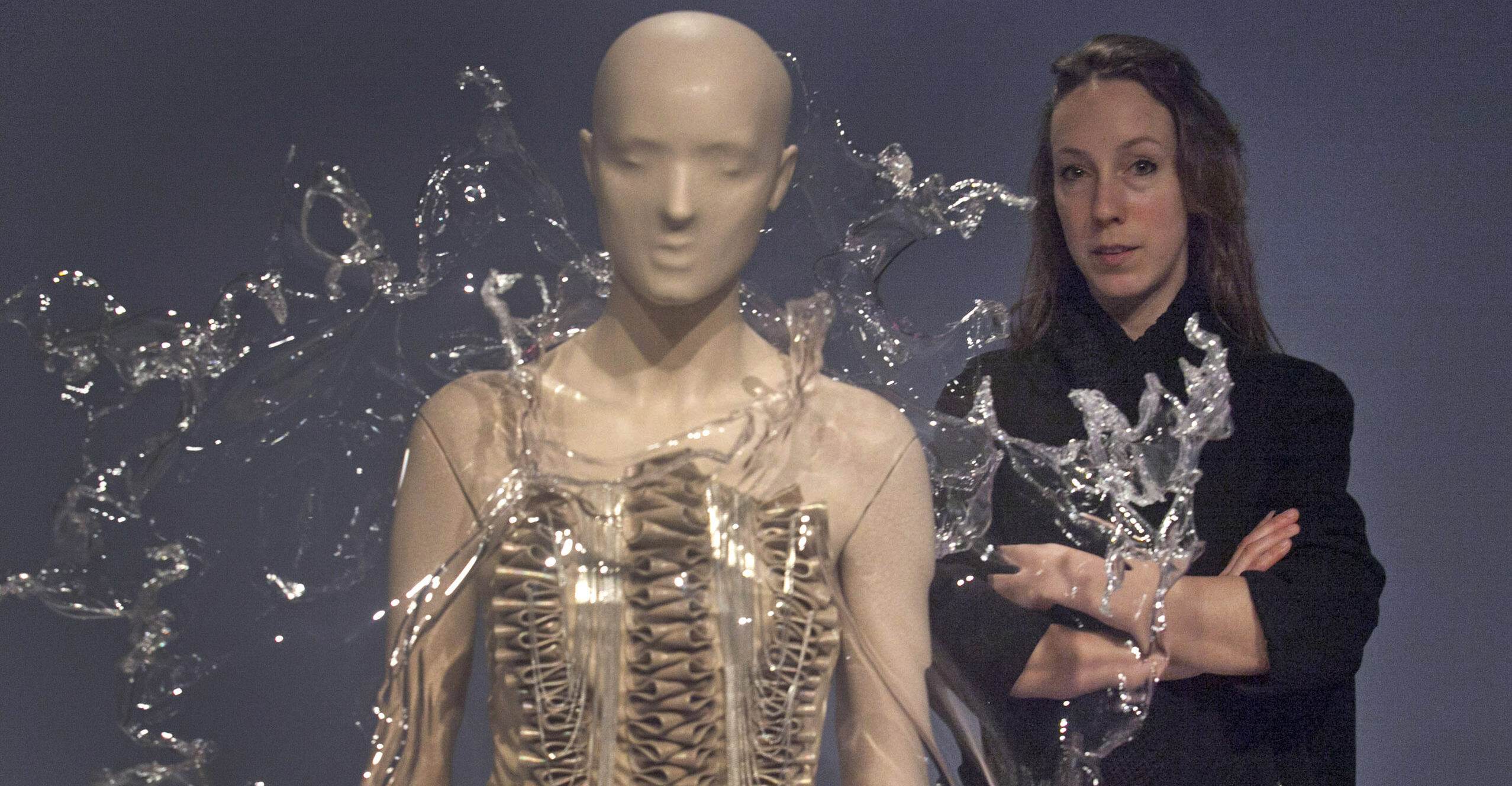Do you learn better after moving around?
How do you feel after playing outside for an hour, whether after an organized game or just a hike or workout on your own? What happens to your body and your brain during and after a workout? How do you feel after you finish exercising?
The old Mantra
In ‘Why Kids Shouldn’t Sit Still in Class,’ Donna De La Cruz writes: Sit still. It’s the mantra of every classroom. But that is changing as evidence builds that taking brief activity breaks during the day helps children learn and be more attentive in class, and a growing number of programs designed to promote movement are being adopted in schools.
‘We need to recognize that children are movement-based,’ said Brian Gatens, the superintendent of schools in Emerson, N.J. ‘In schools, we sometimes are pushing against human nature in asking them to sit still and be quiet all the time. We fall into this trap that if kids are at their desks with their heads down and are silent and writing, we think they are learning. But what we have found is that the active time used to energize your brain makes all those still moments better, or more productive.’
Does exercise improve learning?
A 2013 report from the Institute of Medicine concluded that children who are more active ‘show greater attention, have faster cognitive processing speed and perform better on standardized academic tests than children who are less active.’ And a study released in January by Lund University in Sweden shows that students, especially boys, who had daily physical education, did better in school. ‘Daily physical activity is an opportunity for the average school to become a high-performing school,’ said Jesper Fritz, a doctoral student at Lund University and physician at the Skane University Hospital in Malmo who was the study’s lead author.
The power of activity
‘Activity helps the brain in so many ways,’ said James F. Sallis, a professor of family medicine and public health at the University of California, San Diego, who has done research on the association between activity breaks and classroom behavior. ‘Activity stimulates more blood vessels in the brain to support more brain cells. And there is evidence that active kids do better on standardized tests and pay attention more in school.’
By Caroline Crosson Gilpin
March 24, 2017, New York, carolinegilpintutoring.com
Postscript by Flowently
Hey Caroline, thank you, we are very happy with the scientific basis of the theory that you are referring to in your article. It completely supports our ‘Learning on the go’ method. We actually want to take it one step further from ‘Learn better after moving around’ to ‘Learn better while moving around’. The physical activity that happens while learning by doing not only improves emotional and intellectual movement for all ages, but it also brings about a lot of fun!
Flowently










